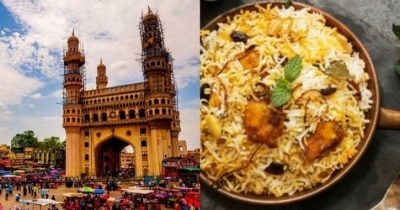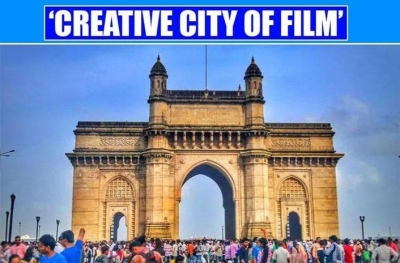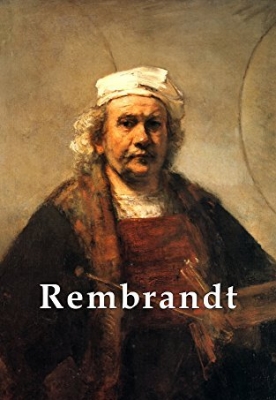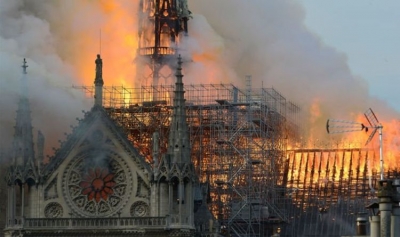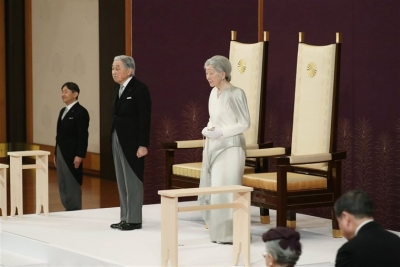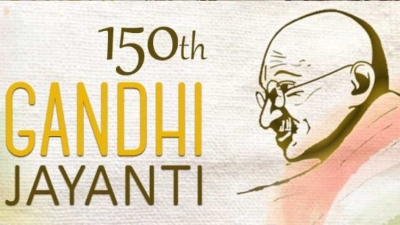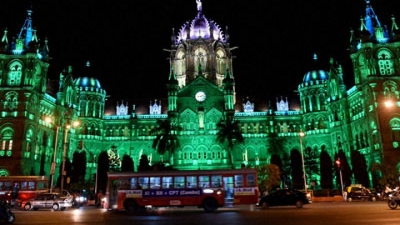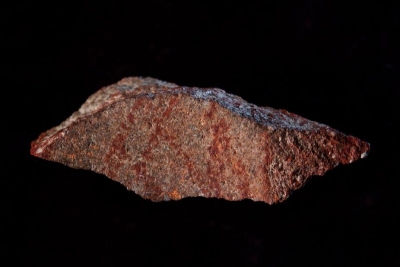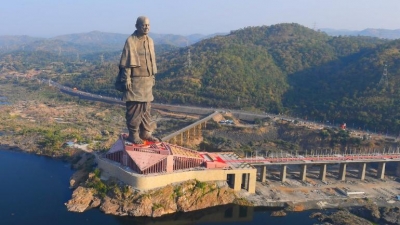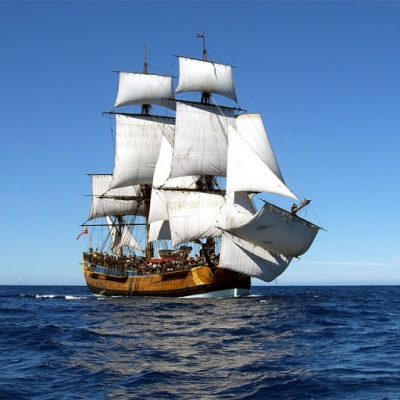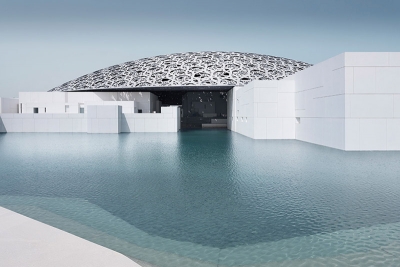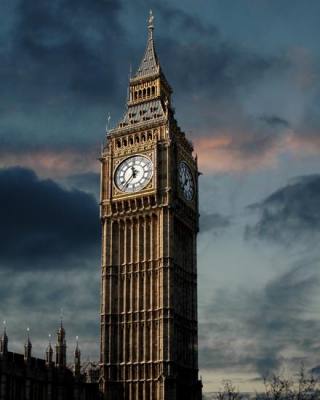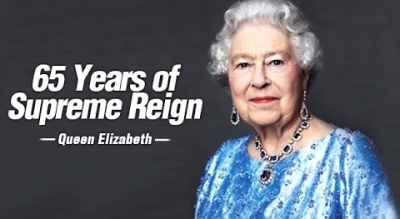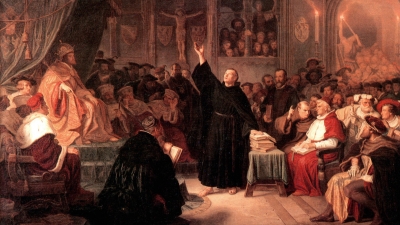Why Jaipur is known for its iconic architectural legacy?
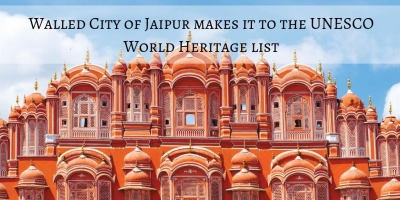
The Walled City of Jaipur, known for its iconic architectural legacy and vibrant culture, made its entry into the UNESCO World Heritage Site list.
The announcement was made after the 43rd Session of the UNESCO World Heritage Committee, underway at Baku (Azerbaijan) from June 30 to July 10, examined the nomination of the Walled City of Jaipur for inclusion in the World Heritage list.
Prime Minister Narendra Modi expressed happiness that the city has been recognised as a World Heritage Site.
The historic walled city of Jaipur in Rajasthan, was founded in 1727 AD under the patronage of Sawai Jai Singh II. It serves as the capital city of the culturally-rich state of Rajasthan.
In addition, Jaipur City is an exceptional example of a late medieval trade town in South Asia and defined new concepts for a thriving trade and commercial hub. In addition, the city is associated with living traditions in the form of crafts that have national and international recognition, it said.
Picture Credit : Google
